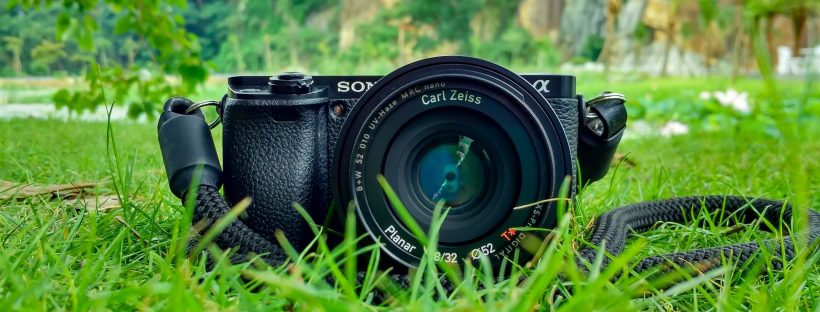Can you recall a time when you’ve hiked through the woods a deer grazing just 500 feet ahead of you? Or have seen a butterfly perched precariously on a fallen branch? Maybe caught a glimpse of a fox scuttling through your backyard? These are moments that sometimes we wish we had a camera to take a quick picture so that we can savor that moment for years to come, i.e., post it on Instagram. Nature Photography Day embodies not only getting out your camera and getting your Ansel Adams on, but learning how to conserve the natural spaces around you so that wildlife can flourish and be enjoyed for generations to come. June 15th celebrates the photographer in all of us, whether you are a seasoned vet or a beginner, capturing nature at work through a lens is a whole new experience, and it’s closer than you think, try your backyard.
Attract Wildlife with Your Water Feature
So, what does Nature Photography Day have to do with water features? Well, where’s there’s water, there’s wildlife. This is a chance to incorporate what you already know about water features and extending that knowledge with conservation. It’s as simple as adding wildlife friendly plants to your water garden. So, if you’re looking to add a little National Geographic to your backyard, here are some helpful plants to get you started:

Arrowhead – Arrowhead is a great food source for deer, waterfowl and birds, this plant can grow up to 3ft tall and it also provides shoreline erosion protection.

Blue Lobelia – With spikes of blue flowers that bloom in late summer, it attracts hummingbirds in the fall. This plant does well in shade and can grow up to 3ft in height.

Coontail – Named after it’s raccoon tail like appearance, it’s a great plant for reducing problematic algae as it takes in phosphorus from the water. This plant does need to be managed so it doesn’t take over the pond.

Joe Pye Weed – As a pollinator attractor, this plant blooms in late summer and produces beautiful clusters of pink flowers. On cool September nights, you may be able to spot some bumblebees roosting on the flower heads. This plant can grow up to 6ft in height and tends to do better in full sun.

Marsh Milkweed – Milkweed is a common butterfly attractor so it’s no surprise that the Marsh Milkweed attracts Monarch butterflies and caterpillars! This plant blooms pink clusters of flowers with a delicate scent. Be prepared, they grow quick, and their blooming cycle is from June to August, they can grow up to 5ft in height.
For more information about what plants attract which wildlife, please visit the link here.
Capturing Wildlife Through a Lens

One of the best ways to capture nature is to just go out with your camera and start taking photos. It can start off being of the plants that surround your pond to the general landscape itself. Who knows, you may catch a few bumblebees in your shot or a cardinal or two. Those are what Bob Ross likes to call “happy little accidents”. Trust me, it’s hard to plan when nature will present itself to you especially when you have a camera in hand. But there are ways to help aid that. A sure way to see some action is to set up a trail camera, they are a great way to catch some of these hidden gem moments when you aren’t around. You can find an array of budget friendly options on Amazon here.
So how will you be spending Nature Photography Day? Happy snapping and share with us some of your favorite photos of nature at work!
For more tips on photography, visit our blog! Read our blog from National Camera Day last year: Capturing the Perfect Water Feature Picture and stay tuned for more photography and videography blogs coming soon!
About the Author:
Leah La Farciola


